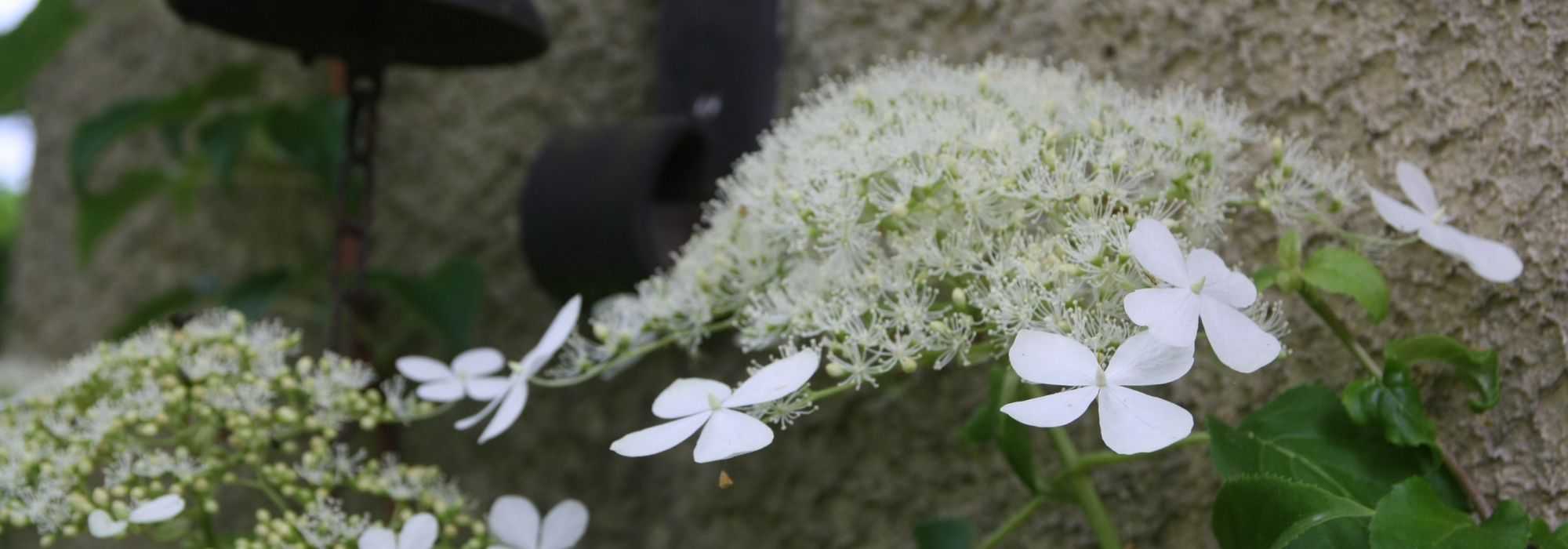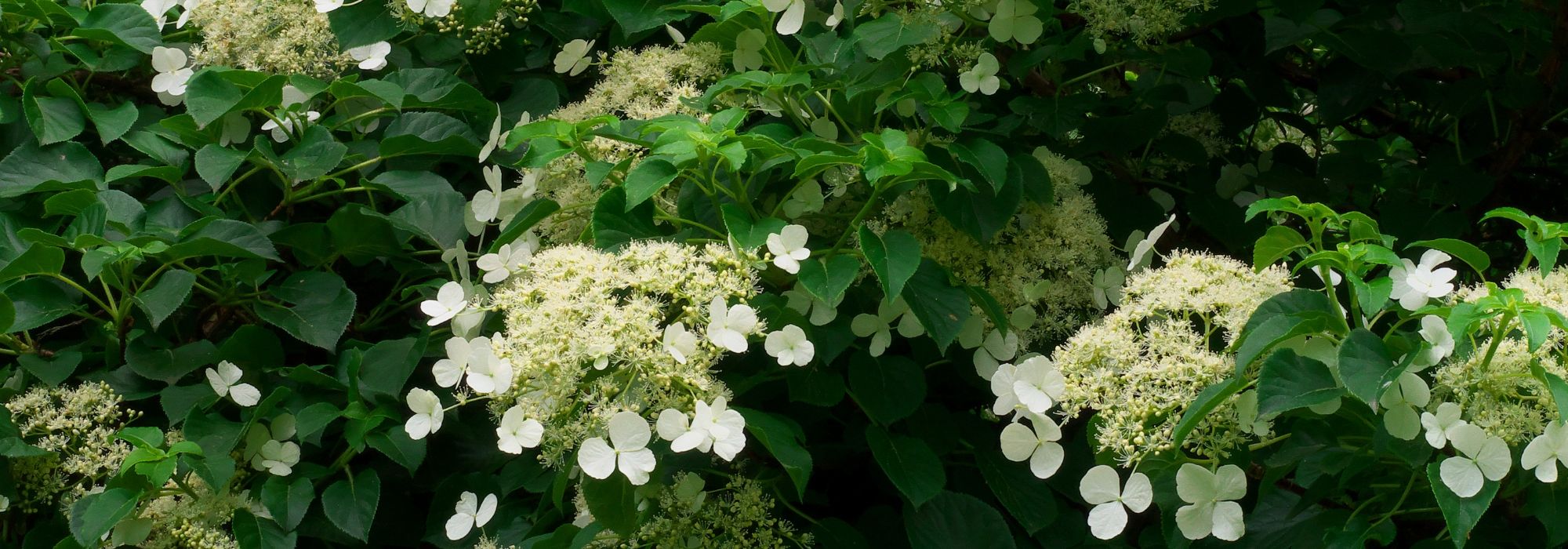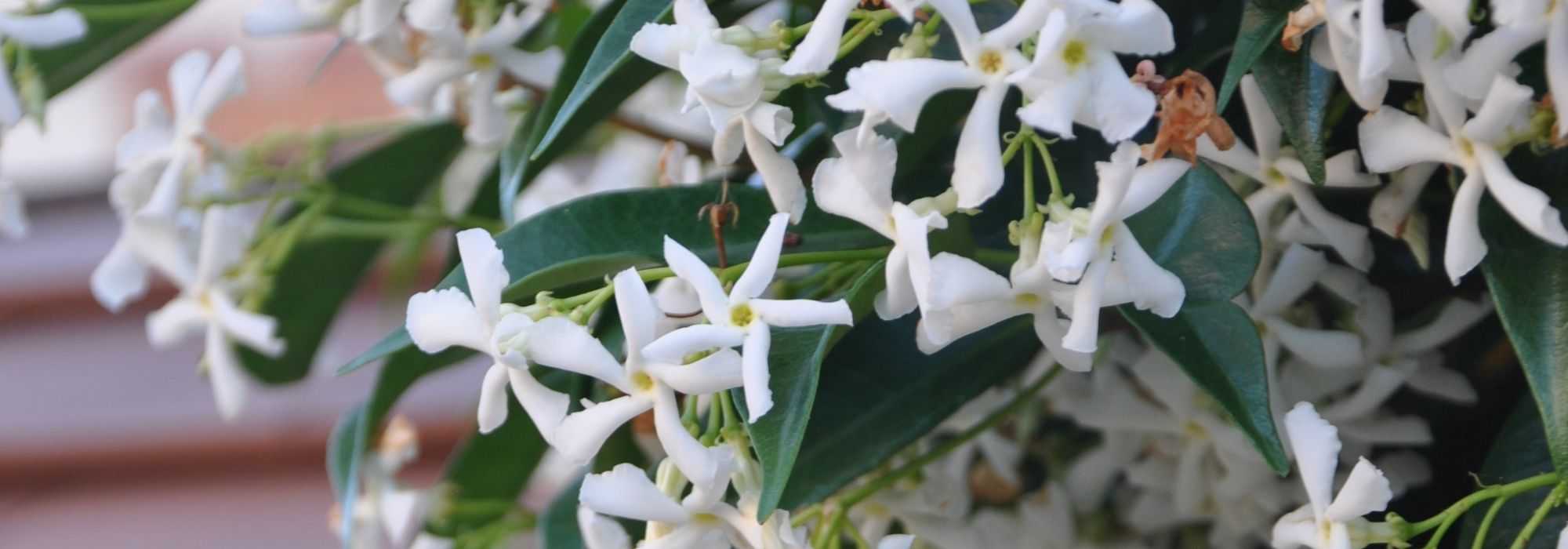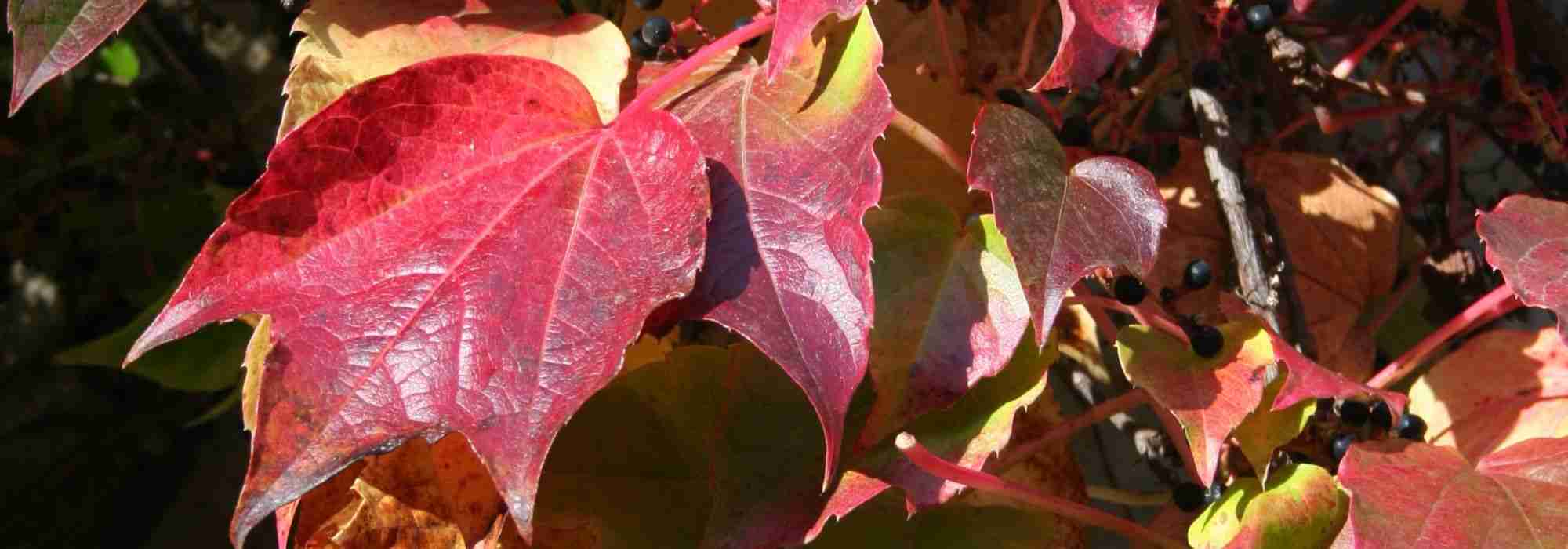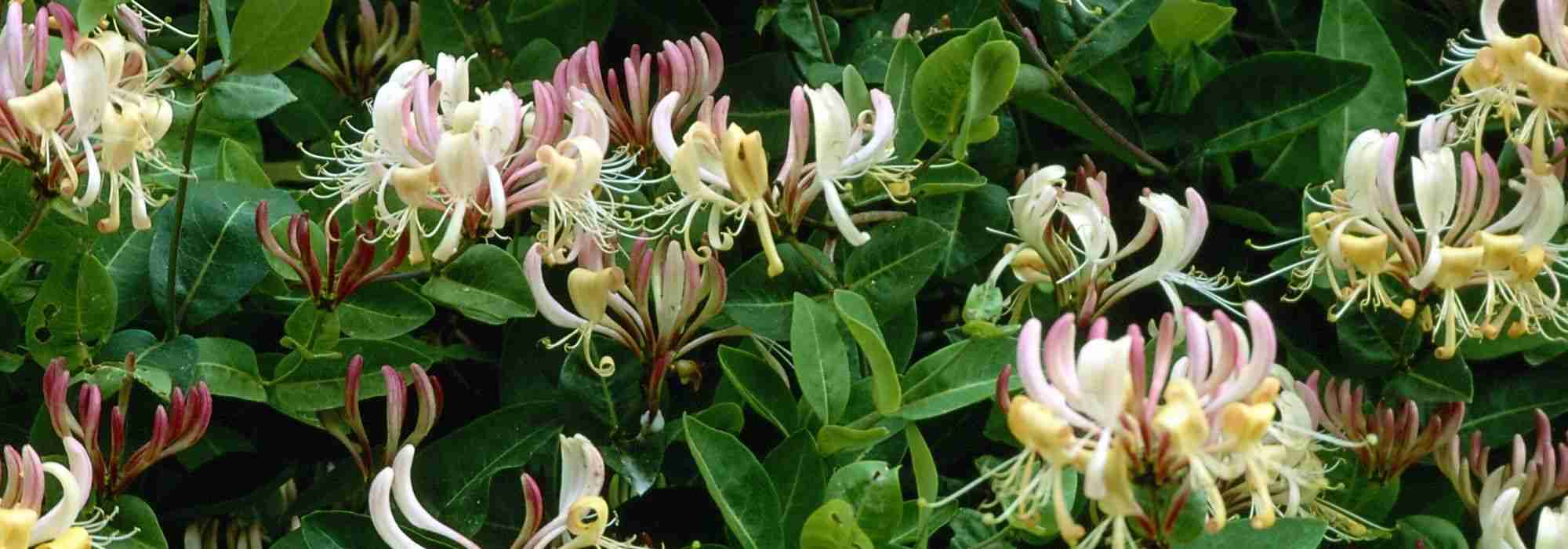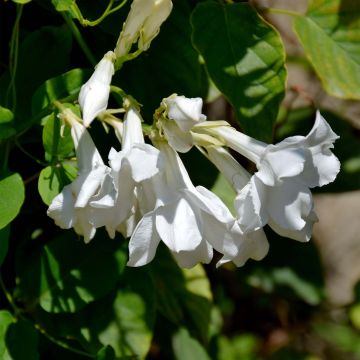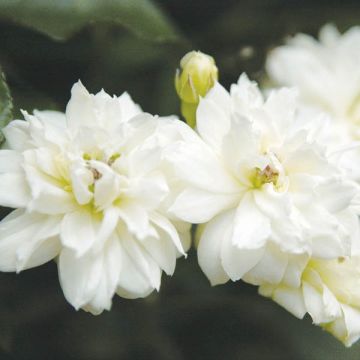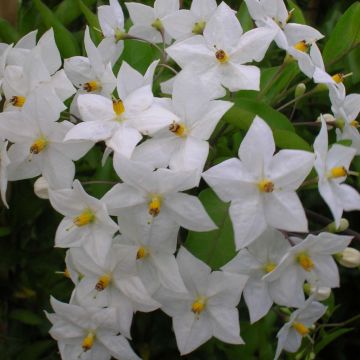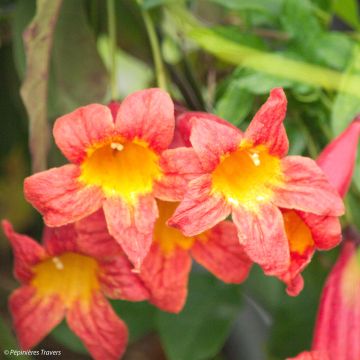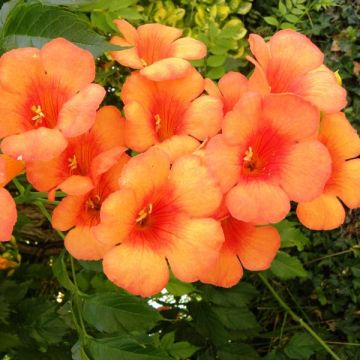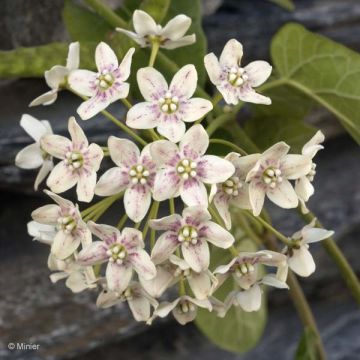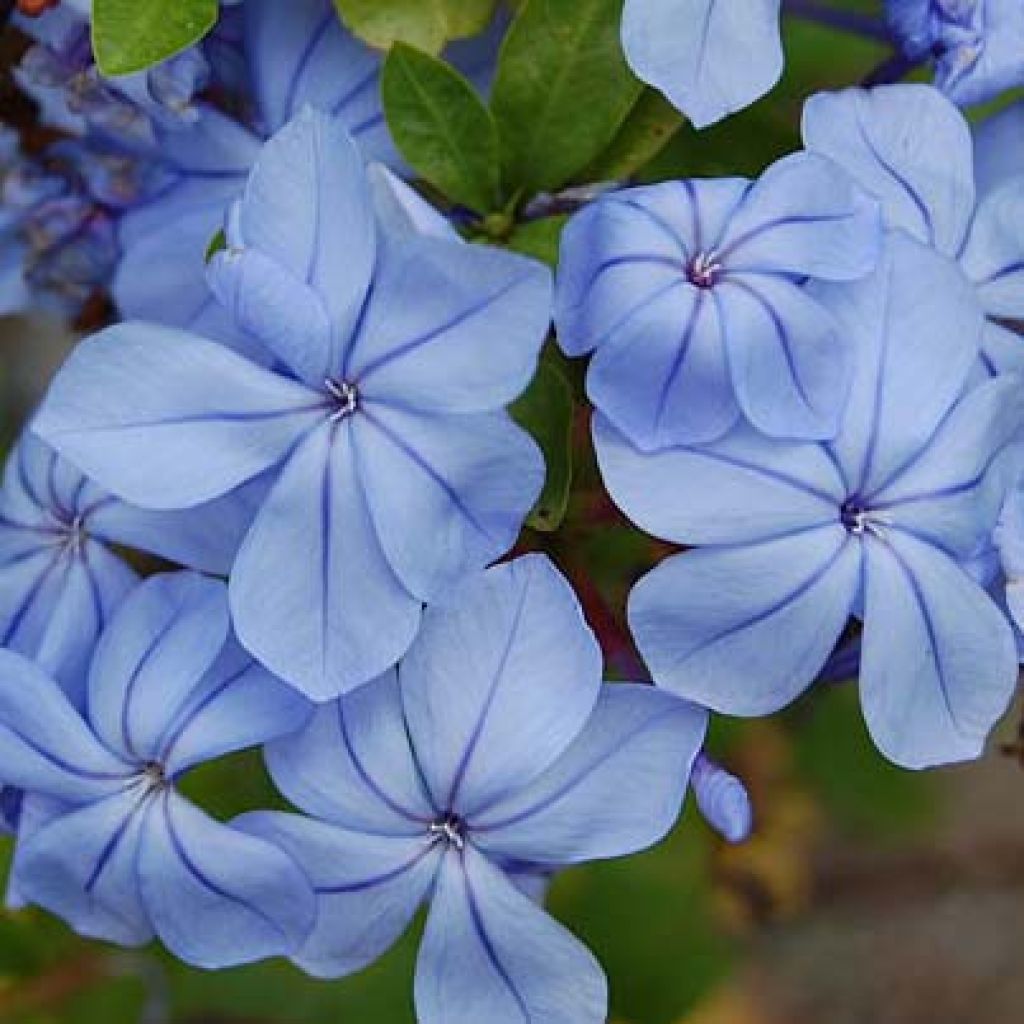

Plumbago auriculata - Dentelaire du Cap
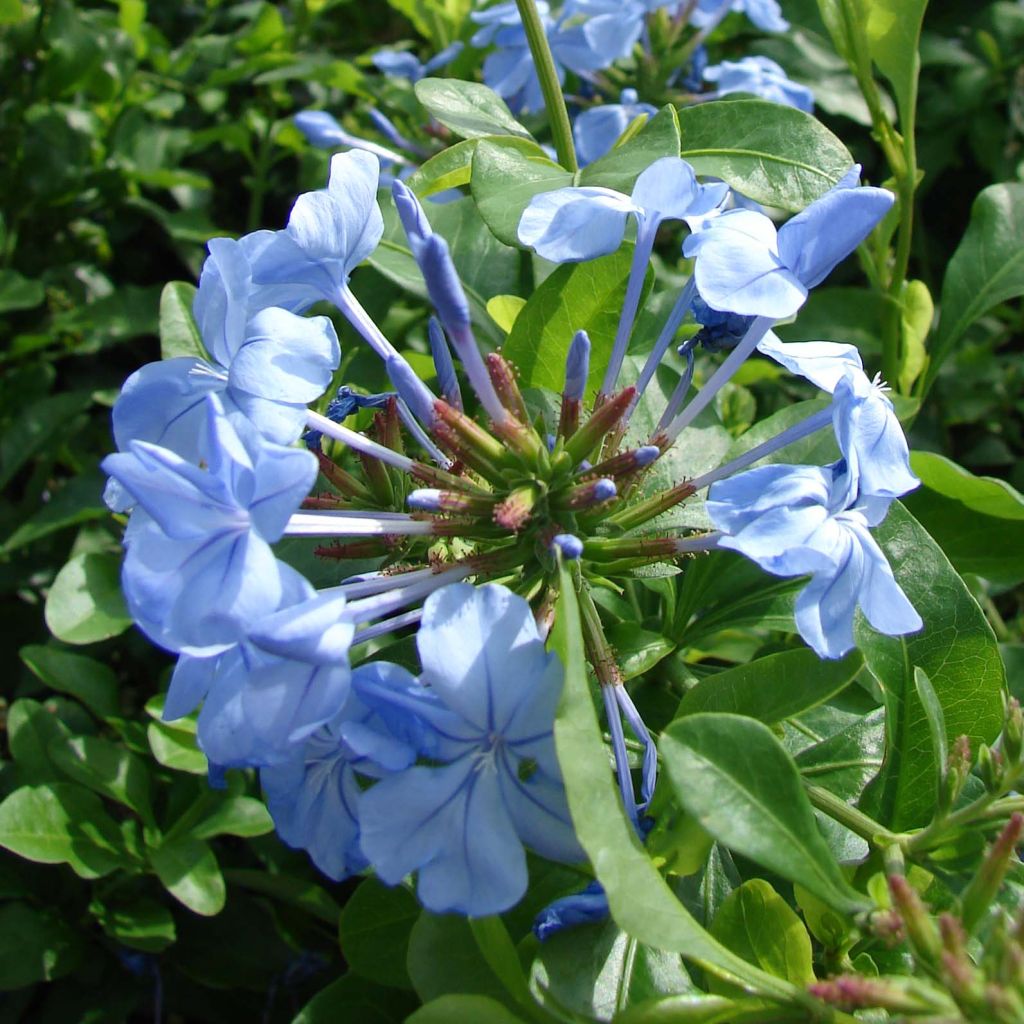

Plumbago auriculata - Dentelaire du Cap
Plumbago auriculata
Plumbago auriculata
Cape Leadwort, Blue Plumbago, Cape Plumbago
Beautiful plant with stunning blue flowers that keep blooming non-stop, enhancing my garden beautifully.
Dany, 18/07/2025
Special offer!
Receive a €20 voucher for any order over €90 (excluding delivery costs, credit notes, and plastic-free options)!
1- Add your favorite plants to your cart.
2- Once you have reached €90, confirm your order (you can even choose the delivery date!).
3- As soon as your order is shipped, you will receive an email containing your voucher code, valid for 3 months (90 days).
Your voucher is unique and can only be used once, for any order with a minimum value of €20, excluding delivery costs.
Can be combined with other current offers, non-divisible and non-refundable.
Home or relay delivery (depending on size and destination)
Schedule delivery date,
and select date in basket
This plant carries a 6 months recovery warranty
More information
We guarantee the quality of our plants for a full growing cycle, and will replace at our expense any plant that fails to recover under normal climatic and planting conditions.

Would this plant suit my garden?
Set up your Plantfit profile →
Description
The Plumbago auriculata, or Cape Leadwort, is an exuberant semi-climbing bush, highly regarded by gardeners in mild regions, where frost does not strike too hard or last too long. This plant is originally from South Africa and loves sunny and warm environments. It produces beautiful and long-lasting blue flowering, rare among bushes that flower in summer and autumn. The blue shade wonderfully complements all the other colours in the garden until late in the season. However, it is not very hardy in colder areas. Therefore, it is advisable to grow it in a pot and bring it inside a greenhouse as soon as the temperature drops.
The Plumbago auriculata, commonly known as the Cape Leadwort, is a plant that belongs to the Plumbaginaceae family. It is part bush and part climber, with flexible branches that can grow up to 2.5 to 3 metres tall and spread 2.5 metres wide unless pruned back due to cold weather. When grown in a pot, its size is smaller, around 1.5 metres tall and 1 metre wide. The plant has dense, rounded, and unruly habits if not trained against a wall.
The most striking feature of the Cape Leadwort is its beautiful flowering, which starts in July and lasts until the first frost. During this time, the bush is covered with numerous panicles of clear light blue flowers growing at the branches' ends. Each bouquet comprises dozens of tiny flowers, similar to phlox, and measures 10 to 15 cm long. The leaves of the Cape Leadwort are light green and vivid, measuring about 5 cm in length and 2 cm in width. They are evergreen in mild climates and oblong in shape. The Cape Leadwort is easy to grow and care for and a beautiful addition to any garden or landscape.
The Plumbago auriculata is an easy-to-grow plant that can adapt to different needs. It can be grown in open ground or pots, provided it is planted properly and given enough food, water, and sunlight. It is a versatile plant that can be used in many ways. It can be used for mass plantings, as a standalone specimen, or as a large ground cover. It can also be trained on a support like a trellis or fence. Some gardeners even plant it at the top of a retaining wall to enjoy its beautiful sky-blue flowers. The plant's neutral and pastel-coloured flowers easily blend with other flowering bushes in mild climates. For example, it can be combined with other colourful flowers like Sesbania punicea, Melaleuca gibbosa, Gomphostigma virgatum, ivy geraniums, dwarf pomegranate, or oleander. In the summertime, Indian lilacs can be added to create a beautiful ensemble of vibrant colours softened by the plant's celestial flowers.
Report an error about the product description
Plumbago auriculata in pictures
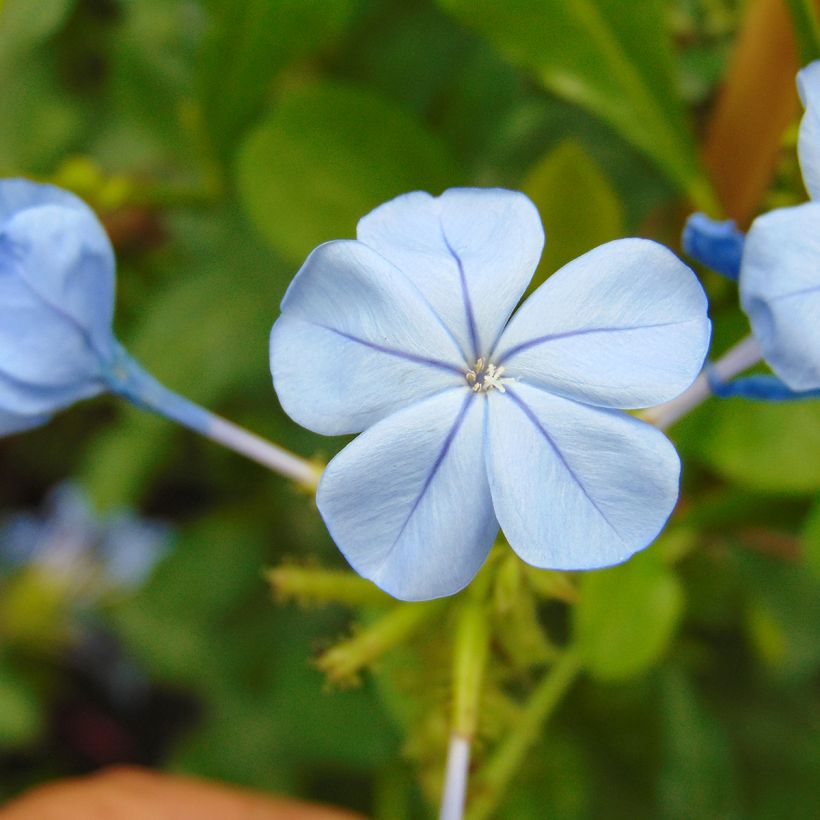



Plant habit
Flowering
Foliage
Botanical data
Plumbago
auriculata
Plumbaginaceae
Cape Leadwort, Blue Plumbago, Cape Plumbago
South Africa
Planting and care
Growing Cape Leadwort in cooler climates can be risky, but planting it in a sheltered spot where winter temperatures do not frequently drop below -8°C (17.6°F) can help it thrive. A well-established plant can regrow quickly from the stump in spring, and with warmth and light, it can start flowering as early as June-July. It needs loose, deep, fertile soil that is regularly amended. While it is drought-resistant, watering it regularly can improve the look of the bush and increase its flowers. Be careful of excess limestone in the soil and watering water, as it can cause yellowing of foliage. Treat this with sequestrene preventively in spring and during summer. If winter cuts back all the vegetation, prune the branches in March.
You can grow Plumbagos in pots in a warm, bright place, like a greenhouse, providing them with a rich substrate. Take them out when the outside temperature is warm enough and bring them in at the start of autumn when temperatures begin to drop. During the growth period, water two to three times a week and apply liquid fertiliser every 15 days for optimal flowering. Reduce watering in winter. Watch out for pests like scale insects, whiteflies, and red spiders, especially when growing in a greenhouse. They usually prefer warm, dry, and confined atmospheres.
You can propagate Cape Leadwort by taking cuttings of herbaceous stems during flowering or semi-woody branches in autumn.
Planting period
Intended location
Care
Planting & care advice
-
, onOrder confirmed
Reply from on Promesse de fleurs
Similar products
Haven't found what you were looking for?
Hardiness is the lowest winter temperature a plant can endure without suffering serious damage or even dying. However, hardiness is affected by location (a sheltered area, such as a patio), protection (winter cover) and soil type (hardiness is improved by well-drained soil).

Photo Sharing Terms & Conditions
In order to encourage gardeners to interact and share their experiences, Promesse de fleurs offers various media enabling content to be uploaded onto its Site - in particular via the ‘Photo sharing’ module.
The User agrees to refrain from:
- Posting any content that is illegal, prejudicial, insulting, racist, inciteful to hatred, revisionist, contrary to public decency, that infringes on privacy or on the privacy rights of third parties, in particular the publicity rights of persons and goods, intellectual property rights, or the right to privacy.
- Submitting content on behalf of a third party;
- Impersonate the identity of a third party and/or publish any personal information about a third party;
In general, the User undertakes to refrain from any unethical behaviour.
All Content (in particular text, comments, files, images, photos, videos, creative works, etc.), which may be subject to property or intellectual property rights, image or other private rights, shall remain the property of the User, subject to the limited rights granted by the terms of the licence granted by Promesse de fleurs as stated below. Users are at liberty to publish or not to publish such Content on the Site, notably via the ‘Photo Sharing’ facility, and accept that this Content shall be made public and freely accessible, notably on the Internet.
Users further acknowledge, undertake to have ,and guarantee that they hold all necessary rights and permissions to publish such material on the Site, in particular with regard to the legislation in force pertaining to any privacy, property, intellectual property, image, or contractual rights, or rights of any other nature. By publishing such Content on the Site, Users acknowledge accepting full liability as publishers of the Content within the meaning of the law, and grant Promesse de fleurs, free of charge, an inclusive, worldwide licence for the said Content for the entire duration of its publication, including all reproduction, representation, up/downloading, displaying, performing, transmission, and storage rights.
Users also grant permission for their name to be linked to the Content and accept that this link may not always be made available.
By engaging in posting material, Users consent to their Content becoming automatically accessible on the Internet, in particular on other sites and/or blogs and/or web pages of the Promesse de fleurs site, including in particular social pages and the Promesse de fleurs catalogue.
Users may secure the removal of entrusted content free of charge by issuing a simple request via our contact form.
The flowering period indicated on our website applies to countries and regions located in USDA zone 8 (France, the United Kingdom, Ireland, the Netherlands, etc.)
It will vary according to where you live:
- In zones 9 to 10 (Italy, Spain, Greece, etc.), flowering will occur about 2 to 4 weeks earlier.
- In zones 6 to 7 (Germany, Poland, Slovenia, and lower mountainous regions), flowering will be delayed by 2 to 3 weeks.
- In zone 5 (Central Europe, Scandinavia), blooming will be delayed by 3 to 5 weeks.
In temperate climates, pruning of spring-flowering shrubs (forsythia, spireas, etc.) should be done just after flowering.
Pruning of summer-flowering shrubs (Indian Lilac, Perovskia, etc.) can be done in winter or spring.
In cold regions as well as with frost-sensitive plants, avoid pruning too early when severe frosts may still occur.
The planting period indicated on our website applies to countries and regions located in USDA zone 8 (France, United Kingdom, Ireland, Netherlands).
It will vary according to where you live:
- In Mediterranean zones (Marseille, Madrid, Milan, etc.), autumn and winter are the best planting periods.
- In continental zones (Strasbourg, Munich, Vienna, etc.), delay planting by 2 to 3 weeks in spring and bring it forward by 2 to 4 weeks in autumn.
- In mountainous regions (the Alps, Pyrenees, Carpathians, etc.), it is best to plant in late spring (May-June) or late summer (August-September).
The harvesting period indicated on our website applies to countries and regions in USDA zone 8 (France, England, Ireland, the Netherlands).
In colder areas (Scandinavia, Poland, Austria...) fruit and vegetable harvests are likely to be delayed by 3-4 weeks.
In warmer areas (Italy, Spain, Greece, etc.), harvesting will probably take place earlier, depending on weather conditions.
The sowing periods indicated on our website apply to countries and regions within USDA Zone 8 (France, UK, Ireland, Netherlands).
In colder areas (Scandinavia, Poland, Austria...), delay any outdoor sowing by 3-4 weeks, or sow under glass.
In warmer climes (Italy, Spain, Greece, etc.), bring outdoor sowing forward by a few weeks.



































